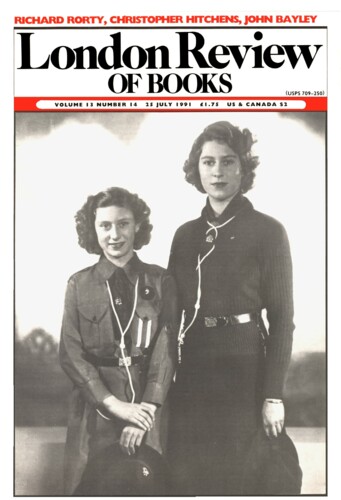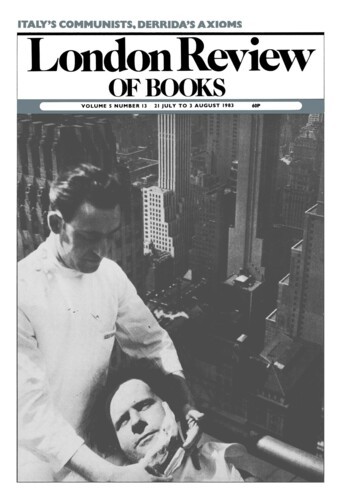The phenomenon of simultaneous discovery is an old chestnut, roasted in turn by historians, sociologists and philosophers of science. No matter how frequently the phenomenon occurs, wrote Pierre Duhem, the historian can never suppress his astonishment. But the sociologist could and did. Robert Merton argued that independent simultaneous discoveries should be pereceived as the rule, not the exception. It was the singletons, not the ultiples, that required explanation. Among the more plausible arguments in defence of his inversion, Merton observed that the behaviour of research scientists, especially their concern for priority, testified to the fact that singletons were merely forestalled multiples. If Darwin had not got there first, someone else would. And we all know that, in a photo-finish, Wallace almost did; or, if we are to believe John Langdon Brooks, really did. If philosophers have been attracted to these historical sites, it is partly because the pattern of simultaneous discovery might seem to substantiate a relatively uncomplicated, inductivist account of scientific innovation. Once the data-base has reached a certain level, the crucial innovation becomes an irresistible inference. The simultaneous articulation of the tetrahedral carbon atom (by Le Bel and van’t Hoff in 1874) has been exploited by one philosopher of science to argue precisely that case. The complication is that such instances of simultaneity have lent themselves to an alternative style of explanation, showing less respect for the sufficiency of inductive logic. Might not the high incidence of simultaneous discovery simply confirm the primacy of the socio-economic base? It is conceivably no accident that the first island known to Darwin and Wallace was riven with industrial competition, that each remembered Malthus at a critical moment, and that evolution (to judge from the anonymous Vestiges, 1844) was patently in the air. Whether one embraces the inductivist models, or the stronger programmes in the sociology of knowledge, the conclusion might be much the same: simultaneous discovery eliminates the scientific genius. That would be the popular deduction – not surprisingly when the doyen of inductivism, Francis Bacon, could refer even to his own contribution as a ‘birth of time rather than wit’.
The phenomenon of simultaneous discovery is an old chestnut, roasted in turn by historians, sociologists and philosophers of science. No matter how frequently the phenomenon occurs, wrote Pierre...




